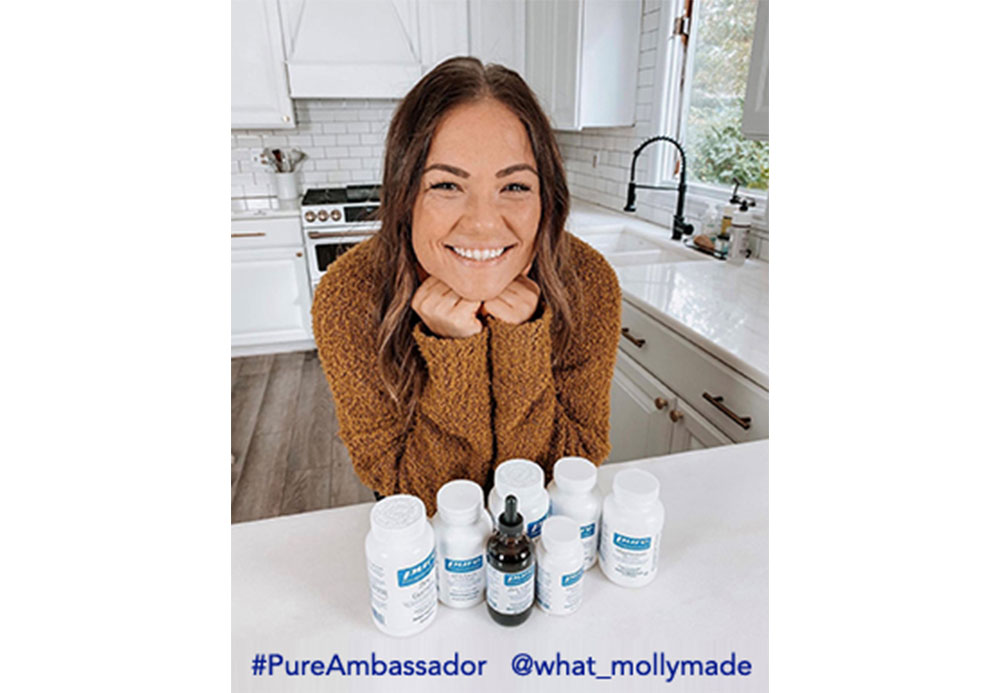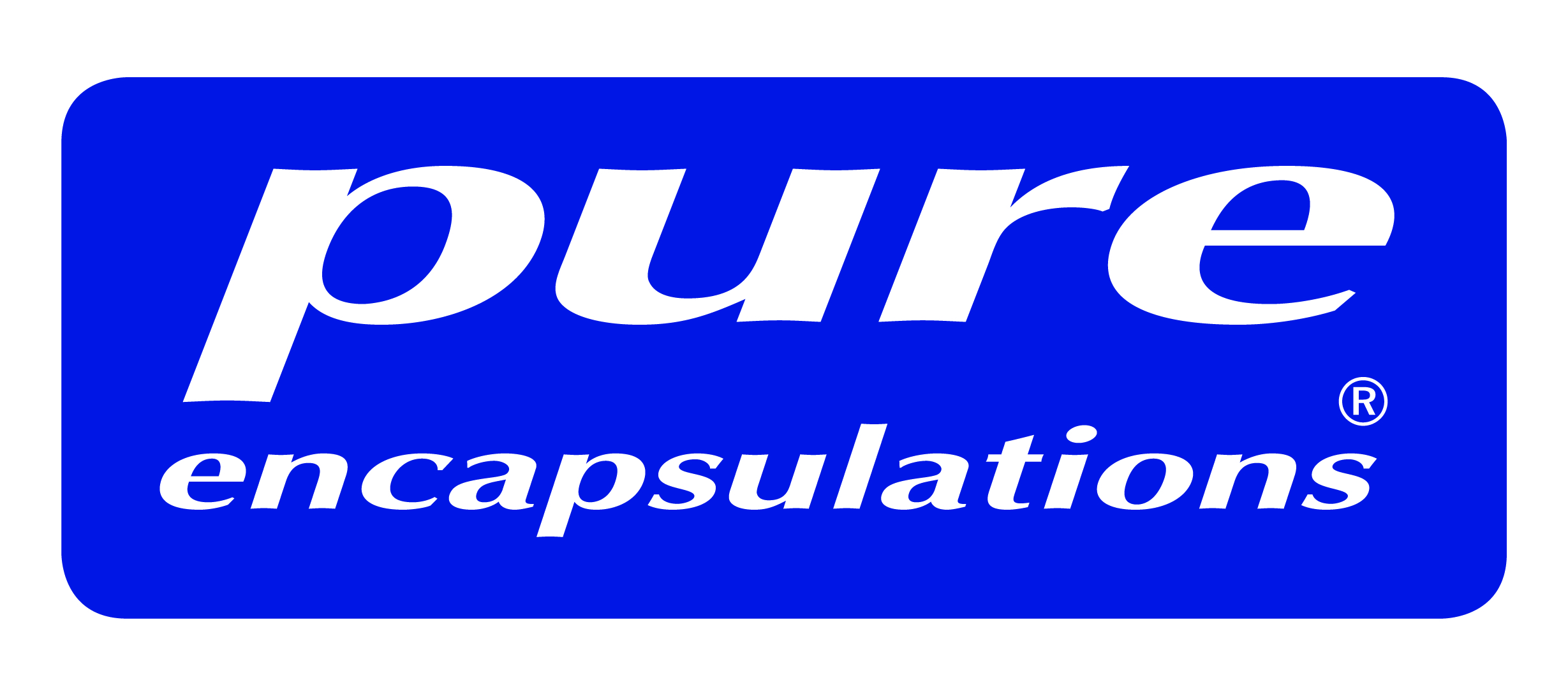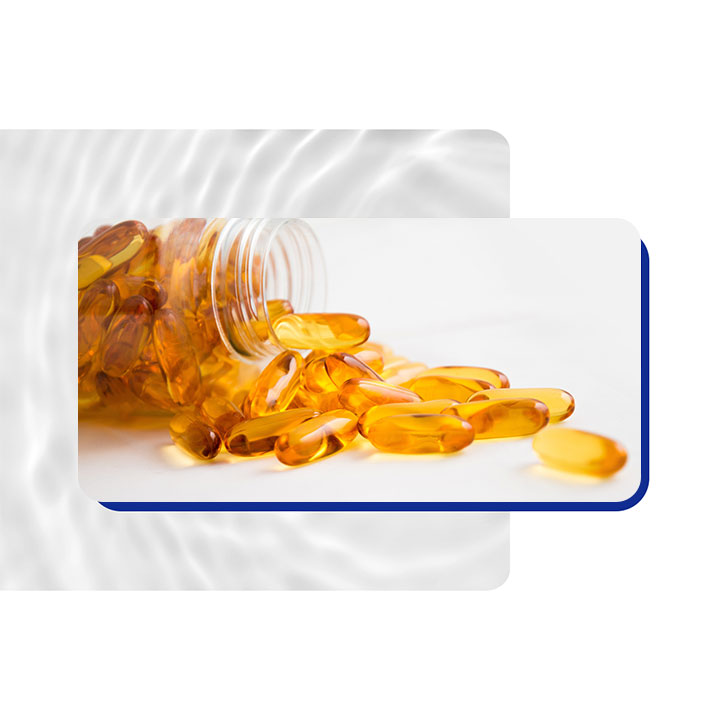People take supplements to improve or optimise their health. So what happens when you look at the label, and the ingredient list is filled with unrecognisable additives?
The truth is that not all supplements are created equal, and many consumers aren’t aware of the differences in quality. Some supplement companies use unnecessary ingredients during the manufacturing process to extend the shelf-life or improve the product’s appearance. Other times ingredients are included simply because they are inexpensive and allow the brand to save money.
Many of us read food labels to help us make healthier choices. It’s just as important to do this with your supplements. Many of the additives used in supplements have significant downsides that can impact people who may be sensitive due to allergies or intolerances. And some additives should be avoided because of associations with longer-term health concerns.
Here are the additives to look for on your supplement label and why you’ll never find them in a Pure Encapsulations® product.
- Titanium dioxide. Titanium dioxide may be used as a filler or colouring agent to improve a tablet’s appearance. makes the supplement white to avoid any off putting colours. It’s also used to whiten products like paint, makeup, and sunscreen.
While titanium dioxide is a common filler, there are several reasons you may want to be aware of it as it has been linked to several health concerns, including allergies, immune system dysregulation and cellular damage.1,2
Multiple countries have banned titanium dioxide as a food additive, citing evidence that it just isn’t worth the health risks.3,4 Yet, it’s still allowed in food and supplements in many global health markets.
2. Magnesium stearate. Magnesium stearate is a flow agent, which means it’s added to a product to keep it from sticking to equipment during the manufacturing process. It is also used as an additive (anti-caking agent) as it keeps the ingredients from sticking together inside the capsule. When used as a processing aid, a supplement manufacturer will add it to speed up production.
3. Coatings and shellacs. Another additive used for appearance, coatings, make your capsules look or taste better if the active ingredients are bitter. It also is added to time-release products to help them withstand the digestive process.5
Shellac, in particular, is used to make your pill look shiny, and it’s the same coating used in cosmetics like mascara and lipstick. Other coatings and finishes added to supplements for appearance-sake can be made up of chemicals that are known endocrine disruptors, including plastics, phthalates, and surfactants.
4. Artificial colouring. Many are familiar with artificial colours in processed foods, but they are also added to supplements. Supplement companies will often add them to help consumers connect to a product or make up for colour lost in processing. For example, since many associate vitamin C with the colour orange, a manufacturer may invest in artificial colouring to match this association.
But artificial sweeteners are just that—artificial. Unlike natural colours, they are associated with several health concerns.6,7,8 As a result, some countries will add warnings to food labels when food dyes are added.9 While most studies focus on artificial colours in food, it’s worth considering how they may impact long-term health if exposed via your supplements. Further, these additives are entirely unrelated to the product’s effectiveness, so adding them is unnecessary.
5. Artificial flavours and sweeteners are added to improve the taste or mask the bitterness of supplements, artificial sweeteners are used in sugar-free foods. They are much sweeter than regular sugar without calories, so they carry an appeal for supplements manufacturers who want to avoid sugar in their products.
However, in recent years, research has been taking a closer look at artificial sweeteners, especially in our food, and their potential impact on health.10,11,12
6. Chemical preservatives. Preservatives are added to food and supplements to extend shelf-life and prevent microbial growth. The list of approved added chemical preservatives is long, but some of the most common include parabens, sulfites, and benzoates. Those with food or chemical sensitivities can be especially vulnerable to these additives, even if they are generally considered “safe” as these chemicals are linked to all types of health disturbances, depending on which one is added.13,14,15
7. Hydrogenated oils. Hydrogenated oils, or trans fats, are added to products as a filler or to extend shelf-life. It’s well-accepted that hydrogenated oils are dangerous to our health and are no longer allowed in food products.
The main concerns with hydrogenated oils are related to cardiovascular and metabolic problems.16 Despite these troubling statistics, small amounts of hydrogenated oils are still allowed in food and supplement products.
8. GMOs. Genetically modified organisms, or GMOs, are defined as a product that has had its genetic material (DNA) altered.17 Soy and corn are some of the most common GMOs in the food supply and are also used in supplements. It’s estimated that more than 82% of soy grown worldwide is genetically modified.18 All Pure Encapsulations ingredients, including those derived from corn, are GMO-free. We obtain statements from each of our suppliers certifying that the ingredients do not contain GMOs. For some nutrients, we conduct PCR testing to confirm the absence of genetically modified material.

How to keep additives safely out of your supplements
Choosing supplements without these ingredients is vital if you are trying to better your health. The last thing you want to do is unknowingly add to your toxic burden or exacerbate any health concern. Even a trace amount of some of these additives can impact sensitive people. And for people who want to improve their long-term health, it is extremely worthwhile to be aware of many of these ingredients.
Caitlin Beale, MS, RDN is a registered dietitian and freelance health writer. She has a master’s degree in nutrition and over ten years of experience as a registered dietitian. You can learn more about Caitlin Beale, MS, RDN at www.caitlinbealewellness.com. [optional]
+The views expressed in this article are those of the authors. They do not reflect the opinions or views of Pure Encapsulations®.
1. Skocaj, Matej, Metka Filipic, Jana Petkovic, and Sasa Novak. “Titanium Dioxide in Our Everyday Life; Is It Safe?” Radiology and Oncology 45, no. 4 (November 16, 2011): 227–47. https://doi.org/10.2478/v10019-011-0037-0.
2. “Safety Assessment of Titanium Dioxide (E171) as a Food Additive – – 2021 – EFSA Journal – Wiley Online Library.” Accessed October 19, 2021. https://efsa.onlinelibrary.wiley.com/doi/10.2903/j.efsa.2021.6585.
3. “Titanium Dioxide: E171 No Longer Considered Safe When Used as a Food Additive | EFSA.” Accessed October 19, 2021. https://www.efsa.europa.eu/en/news/titanium-dioxide-e171-no-longer-considered-safe-when-used-food-additive.
4. USDA Foreign Agricultural Service. “France: France Bans Titanium Dioxide in Food Products by January 2020.” Accessed October 19, 2021. https://www.fas.usda.gov/data/france-france-bans-titanium-dioxide-food-products-january-2020.
5. Pearnchob, N., J. Siepmann, and R. Bodmeier. “Pharmaceutical Applications of Shellac: Moisture-Protective and Taste-Masking Coatings and Extended-Release Matrix Tablets.” Drug Development and Industrial Pharmacy 29, no. 8 (September 2003): 925–38. https://doi.org/10.1081/ddc-120024188.
6. Arnold, L. Eugene, Nicholas Lofthouse, and Elizabeth Hurt. Neurotherapeutics: The Journal of the American Society for Experimental NeuroTherapeutics 9, no. 3 (July 2012): 599–609. https://doi.org/10.1007/s13311-012-0133-x.
7. Amchova, Petra, Hana Kotolova, and Jana Ruda-Kucerova. “Health Safety Issues of Synthetic Food Colorants.” Regulatory Toxicology and Pharmacology: RTP 73, no. 3 (December 2015): 914–22. https://doi.org/10.1016/j.yrtph.2015.09.026.
8. Kobylewski, Sarah, and Michael F. Jacobson. “Toxicology of Food Dyes.” International Journal of Occupational and Environmental Health 18, no. 3 (September 2012): 220–46. https://doi.org/10.1179/1077352512Z.00000000034.
9. Potera, Carol. “DIET AND NUTRITION: The Artificial Food Dye Blues.” Environmental Health Perspectives 118, no. 10 (October 2010): A428.
10. Mathur, Kushagra, Rajat Kumar Agrawal, Shailesh Nagpure, and Deepali Deshpande. Journal of Family Medicine and Primary Care 9, no. 1 (January 28, 2020): 69–71. https://www.ncbi.nlm.nih.gov/pmc/articles/PMC7014832/.
11. Suez, Jotham, Tal Korem, David Zeevi, Gili Zilberman-Schapira, Christoph A. Thaiss, Ori Maza, David Israeli, et al. “Artificial Sweeteners Induce Glucose Intolerance by Altering the Gut Microbiota.” Nature 514, no. 7521 (October 9, 2014): 181–86. https://doi.org/10.1038/nature13793.
12. Ruiz-Ojeda, Francisco Javier, Julio Plaza-Díaz, Maria Jose Sáez-Lara, and Angel Gil. “Effects of Sweeteners on the Gut Microbiota: A Review of Experimental Studies and Clinical Trials.” Advances in Nutrition 10, no. Suppl 1 (January 2019): S31–48. https://doi.org/10.1093/advances/nmy037.
13. Raposa, B., R. Pónusz, G. Gerencsér, F. Budán, Z. Gyöngyi, A. Tibold, D. Hegyi, I. Kiss, Á Koller, and T. Varjas. “Food Additives: Sodium Benzoate, Potassium Sorbate, Azorubine, and Tartrazine Modify the Expression of NFκB, GADD45α, and MAPK8 Genes.” Physiology International 103, no. 3 (September 2016): 334–43. https://doi.org/10.1556/2060.103.2016.3.6.
14. Beezhold, Bonnie L., Carol S. Johnston, and Kathleen A. Nochta. Journal of Attention Disorders 18, no. 3 (April 2014): 236–41. https://doi.org/10.1177/1087054712443156.
15. Nishihama, Yukiko, Jun Yoshinaga, Ayaka Iida, Shoko Konishi, Hideki Imai, Miyuki Yoneyama, Daisuke Nakajima, and Hiroaki Shiraishi. “Association between Paraben Exposure and Menstrual Cycle in Female University Students in Japan.” Reproductive Toxicology (Elmsford, N.Y.) 63 (August 2016): 107–13. https://doi.org/10.1016/j.reprotox.2016.05.010.
16. Wanders, Anne J., Peter L. Zock, and Ingeborg A. Brouwer. “Trans Fat Intake and Its Dietary Sources in General Populations Worldwide: A Systematic Review.” Nutrients 9, no. 8 (August 5, 2017): E840. https://doi.org/10.3390/nu9080840.
17 “Food, Genetically Modified.” Accessed October 19, 2021. https://www.who.int/news-room/q-a-detail/food-genetically-modified.
18 “”Pocket K No. 16: Global Status of Commercialized Biotech/GM Crops in 2014″. isaaa.org. International Service for the Acquisition of Agri-biotech Applications. Retrieved 23 February 2016. .

